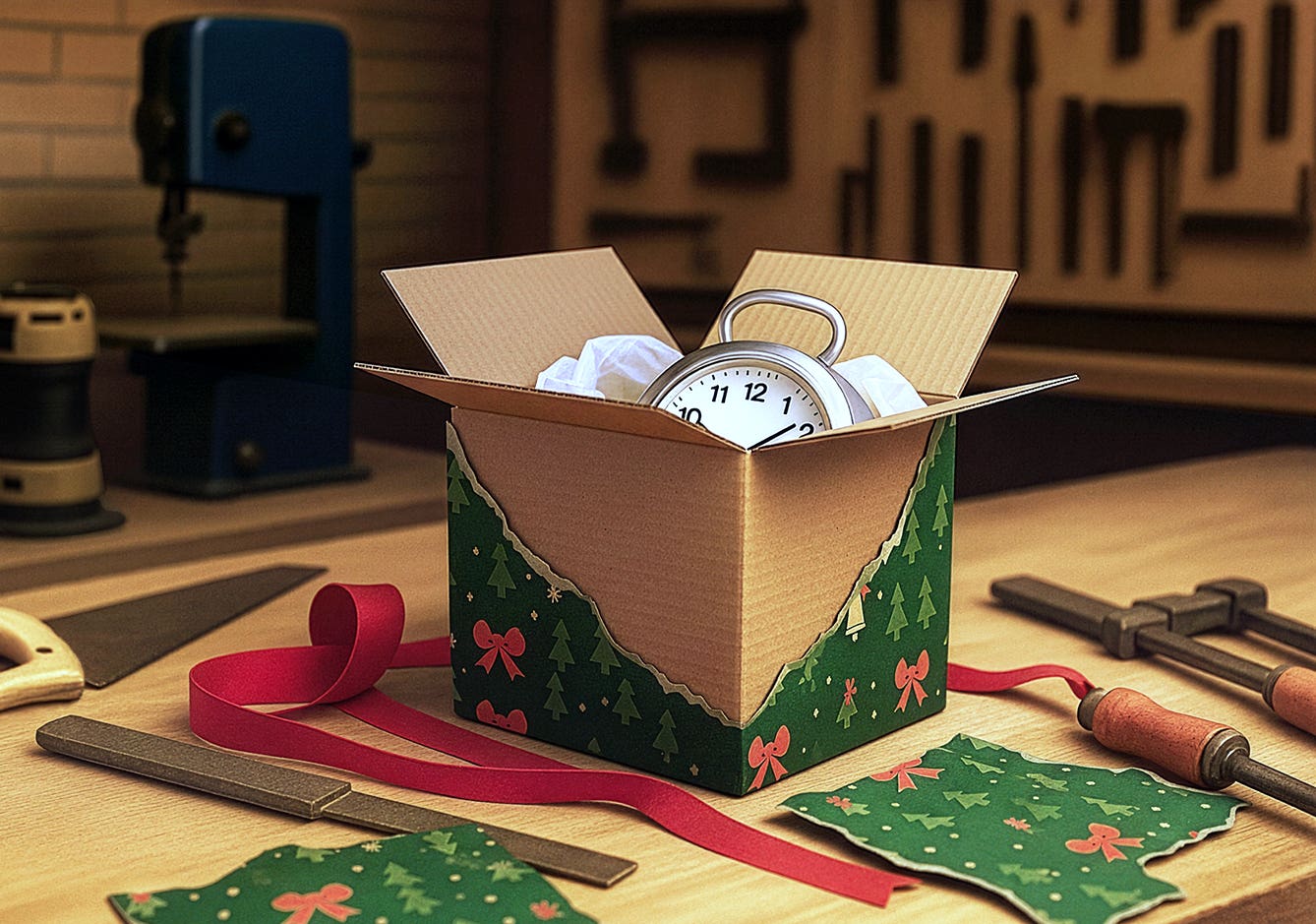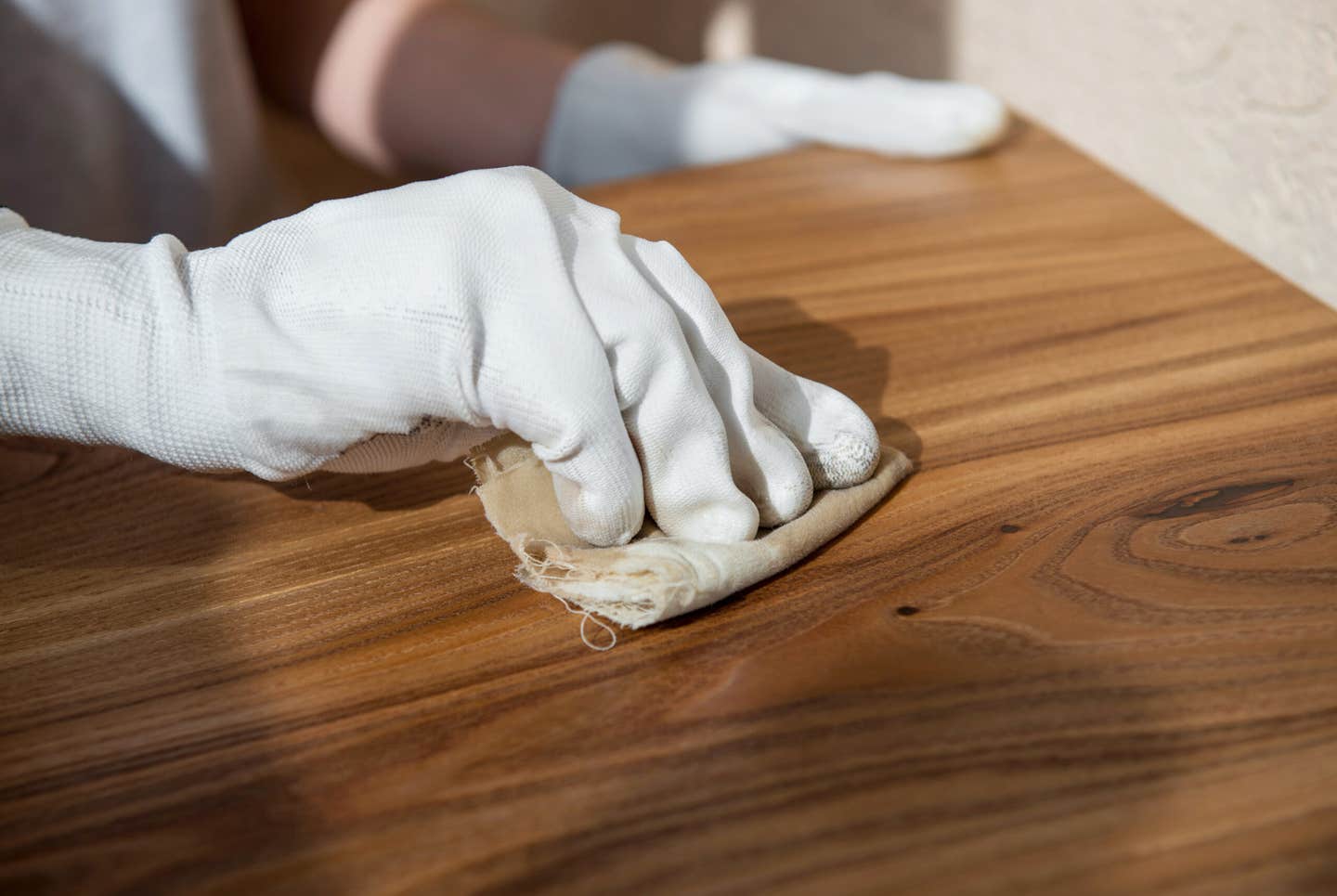Community effort thrives after 30 years
Northwest Fine Woodworking in Seattle, a member-owned cooperative gallery, celebrated its 30th anniversary in September. A group of artisans banded together in 1980 to create a gallery to showcase and…
Northwest Fine Woodworking in Seattle, a member-owned cooperative gallery, celebrated its 30th anniversary in September. A group of artisans banded together in 1980 to create a gallery to showcase and hopefully sell the furniture they designed and created. Northwest Fine Woodworking is now the longest-running and most successful gallery to display and sell studio furniture in the Northwest, if not the country.
{loadposition position10}
To celebrate the milestone, the Northwest Fine Woodworking hosted a show of members' work and asked attendees to share their thoughts about what the gallery has meant to them. The common thread that ran through their statements was inspiration.
Some of the comments stated that the gallery has been "more than a place to sell my work, [providing] a nurturing environment where I could be influenced by other artists." Other comments said "it has provided a place that we learned to be a business," "the support of the group allows the individual to shine," and "it grew my vision of beautifully designed furniture as art."
One comment that particularly struck me was from one of our youngest invited guests. He said, "For years, before I had even seen the gallery in person, just knowing a gallery such as this existed represented hope to me. It told me that, even if I wasn't yet making furniture and selling it in a gallery, there were people out there successfully doing what I wanted to be doing. It represented a goal for which to strive."
Through the years, many customers have told us of the beautiful work they see at Northwest Fine Woodworking and how it inspires them. The gallery has provided flawless craftsmanship and original and unique designs, and each member has developed their own voice and style, whether contemporary studio furniture or Arts and Crafts. It has also been a place that allowed us to make a living out of doing something that we love and continues to push members and nonmembers to do better work.
Growing pains
The gallery was originally set up to show and sell the work of its members. The intent was not so much to make a profit for the gallery, but to benefit the maker. We kept commissions low for the sales staff and only paid a commission if we actually sold a piece. Members volunteered for various tasks in the gallery and we did our best to keep expenses under control.
But there have been plenty of challenges during the last 30 years. To operate a cooperative where each member has a voice gives you as many varied and creative opinions as the number of members. We realized early on that it was not really a good idea to have members staff the store. Not only was there a lack of continuity for the customer, there were also skills involved in the art of selling and representing the art to the public that woodworkers do not necessarily possess, so we then hired salespeople.
We also learned quickly that displaying furniture is not like displaying jewelry; there needs to be a large amount of square footage. We moved into bigger spaces as we grew. At one point, we had three galleries that required a large staff to operate, ship product and perform promotional duties.
This was great when the economy was humming along, but as you might have guessed, the recent downturn has had a crushing effect on the gallery and its members. Without large commissions and surplus cash to cover rising rents and costs, we've really struggled. We've reduced staff - a difficult but necessary decision - and have only one location.
Still we've weathered the storm, mostly due to the membership pulling together to staff the gallery, help with shipping and come up with marketing ideas. I have always believed that two heads are better than one and, in this case, it has proved to be true. When one member was very low on energy, others came to the rescue. When one ran out of ideas, another had one.
New challenges
Now the question turns to: How do we continue? We've always shared the message that our members work locally, producing one-of-a-kind pieces that will last for generations in collaboration with the customer. That message needs to be amplified and reach our target audience.
We also need to promote our use of locally harvested woods and other sustainable materials. Green finishes are another selling point, which we can stress as being just as durable, more easily repaired and nontoxic. We can stress that custom designs might fit the use of our customers better than a generic piece from a big-box store.
We're receiving more requests from young woodworkers seeking apprenticeships and internships. One idea we've had is to invite them to our shops and show their work in our gallery while promoting our community involvement. Along the same lines, I've become involved with a group that wants to build a community woodshop. We can offer encouragement, teach classes and serve as mentors.
Northwest Fine Woodworking has existed for 30 years as a place that all kinds of people find inspiring. It has provided jobs to staff and sources of income to those that make the art and has helped raise the quality of furniture making to the highest standards that I have ever seen. The last 30 years have been rewarding and I hope the next 30 years will be just as rewarding with new challenges and new ways to meet people.
Bob Spangler is a custom furniture maker in Bainbridge Island, Wash., and a longtime member of Northwest Fine Woodworking.
This article originally appeared in the January 2011 issue.







